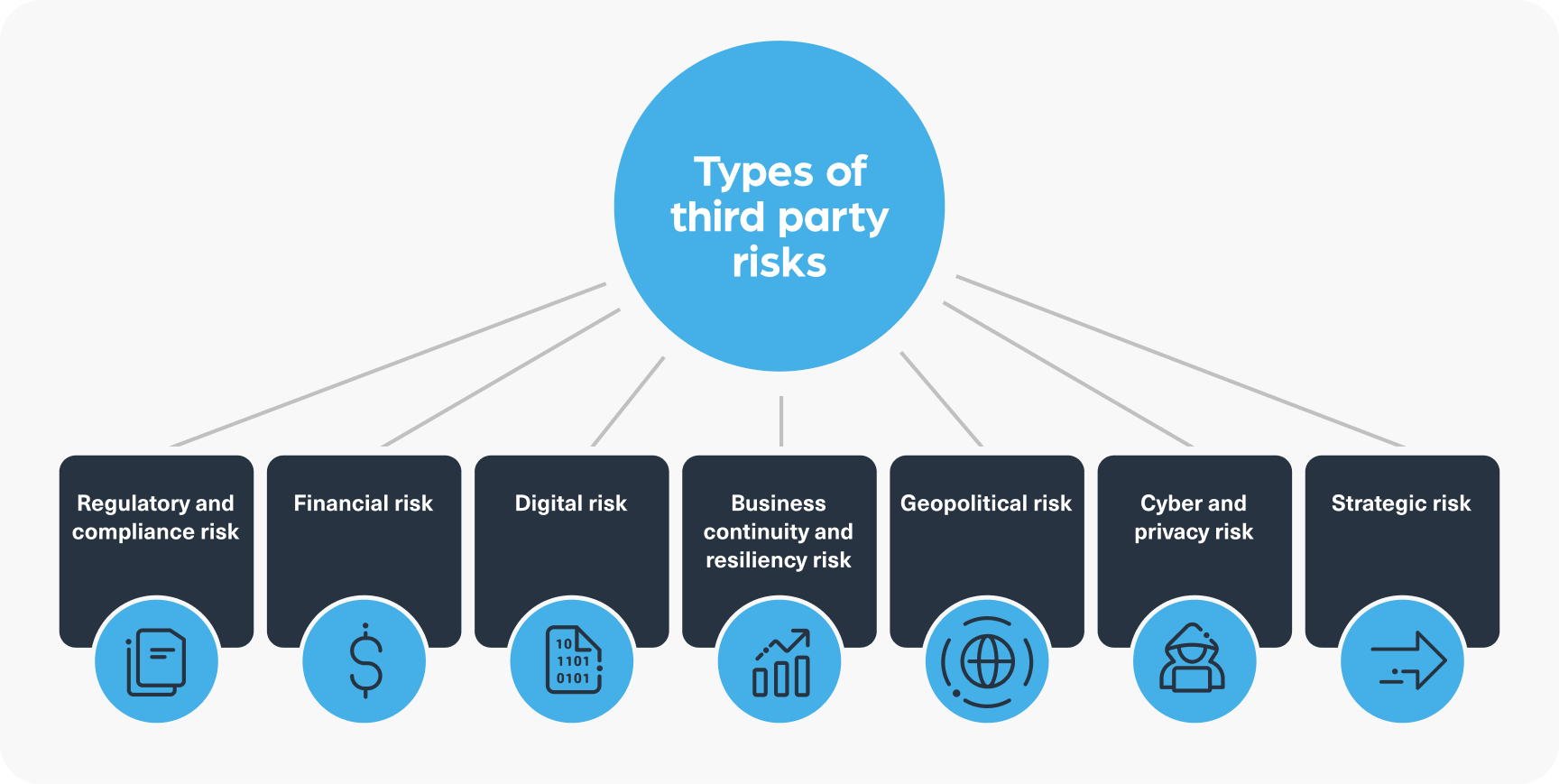How to Automate Supply Chain Risk Reports: A Guide for Developers
Do you use Python? If so, this guide will help you automate supply chain risk reports using AI Chat GPT and our News API.

Third parties – vendors, partners and others – are crucial to productivity and growth in the digitized world, and the foundation of global supply chains.
Today, with markets still reeling from the one-two punch of the pandemic and the war in Ukraine – global supply chains remain unsteady. Organizations struggle to understand which exact links in their supply chains remain robust, and which are causing shortfalls? Which third parties are the weak links, and how can these be strengthened or circumvented? Which supply chain dependencies failed, and how can redundancies or substitutes be created to avoid future problems?
At the same time, regulatory regimes continue to tighten their oversight on how companies interact with third parties. Standards are stricter and penalties for non-compliance more severe. All this makes third party risk management not just a question of mitigating liability, but rather of one of ensuring business continuity.
Ernst & Young offers a dramatically long list of the potential risks to organizations from third parties: “strategic, operational, financial, geopolitical, regulatory, digital, cyber and privacy, resiliency, and reputational.” And the potential for damage is not just theoretical – over half of organizations faced one or more third-party risk incidents during 2020-2021, according to Deloitte.

From cyberattacks, and security breaches, through regulatory fines, direct legal action against organizational executives, and massive damage in the court of public opinion – fallout from third party vulnerabilities has filled media headlines in recent years. This has made mitigating third party risk top-to-mind for C-suites, boards and audit committees.
The reason the stakes are so high is that today’s third parties can actually constitute the bulk of a given organization’s business model. So, what happens when a strategically critical product or service can’t perform according to the service level agreement due to a disruption in service or a product defect? What if there’s a natural disaster or a war that impedes third party operations and impacts business continuity? And what if a third party fails to adhere to regulatory and legal requirements and is subject to severe legal penalties and fines?
The price tags of missteps with third parties can be catastrophic. And this is why the quality of Third Party Risk Management (TPRM) efforts is gaining more and more attention.
Once upon a time, in a less connected and more analog world, “third party risk” was simply a matter of procurement. Enterprise purchasing departments would identify potential savings associated with outsourcing a set of services, draw up a contract, and engage with the provider. If there was a problem with the relationship, they’d find another provider.
Today, things are very different. Third Party Risk Management is a science, well-budgeted and considered a critical part of overall enterprise risk management.
Sometimes referred to as vendor risk management (VRM), vendor management, supplier risk management, or supply chain risk management, TPRM can be defined as the ongoing process of identifying, analyzing and mitigating risks from vendors, suppliers, partners, contractors, or service providers to an organization’s finances, reputation, operations, people and data.
The goal of TPRM is to provide an organization with in-depth, continuously updated, contextually relevant information, that can be used to generate up-to-the-minute insights about:
To best address Third Party Risk Management, Deloitte suggests moving away from reactive decision making to a proactive model leveraging analytics in one of their most recent editorials.
Being proactive is certainly nothing new to most organizations – in security and in business. Yet proactivity in TPRM comes in many flavors. Third Party Risk Management can sometimes fall between the cracks between Security and Governance, and also suffer from a lack of visibility into the actual state of the third-party vendor from a cybersecurity, operational and financial perspective.
The lowest hanging fruit approach is to implement off-the-shelf TPRM solutions to identify network, identity, technology and geographical risks associated with third parties. Yet to gain a true and airtight understanding of third-party risk, and effectively to protect the entire organizational ecosystem (customers, vendors, partners, and more), it’s crucial to capture insights from across the entire vendor landscape.
In a word, the true key to effective TPRM is data.
Third Party Risk Management data means looking at more than just the structured enterprise data offered by the third parties themselves. It means more than just a Google alert for the third party, or even a team of researchers scouring the open web. To be proactive and thorough in TPRM-related data monitoring, new levels of data reach and frequency are required.
In TPRM, data drives proactivity. This means monitoring, capturing and analyzing unstructured information from across multiple and diverse data sources, public and hidden. It means monitoring governmental rules, regulations, ESG data, sanction lists, and corporate filings. It means crawling government sites in multiple languages and multiple jurisdictions, including historical data. And it means reaching into the darker corners of the internet to find evidence of risk or breaches before they are transformed into a threat to the organization.
But data alone isn’t sufficient. To truly eliminate third party risk, insights derived from data gathered are the deadliest weapon. To generate these insights at scale and in near real time, it’s crucial to adopt technology that automatically discovers and classifies new sources of relevant data, while enabling granular data analytics with adaptable and automated classification.
As we’ve discussed in previous posts, regulatory compliance is challenging in a market where compliance targets are constantly moving. While consultants and auditing companies have the necessary expertise and knowledge – they don’t always have the data. Obtaining the most relevant and timely data, while ensuring its authenticity is more and more challenging – and more and more necessary.
Webz.io’s Gov Data API gives access to the latest data from government and regulatory agency sites. It offers accurate, authoritative and current web data that delivers up-to-date information in the right context at the time it’s needed. And our customized, ready-made third party risk intelligence feeds sifts through tens of thousands of news articles in real-time with filters, classifying them into over 200 categories and recognizing different types of sentiment at the document and entity level.
Together, these products offer organizations a complete view of risks relating to third-party and supply chains – helping thoroughly vet vendors, suppliers, partners, contractors, and service providers.
Want to understand what Webz.io can do for your business and your clients? Talk to one of our experts today.

Do you use Python? If so, this guide will help you automate supply chain risk reports using AI Chat GPT and our News API.

Use this guide to learn how to easily automate supply chain risk reports with Chat GPT and news data.

A quick guide for developers to automate mergers and acquisitions reports with Python and AI. Learn to fetch data, analyze content, and generate reports automatically.